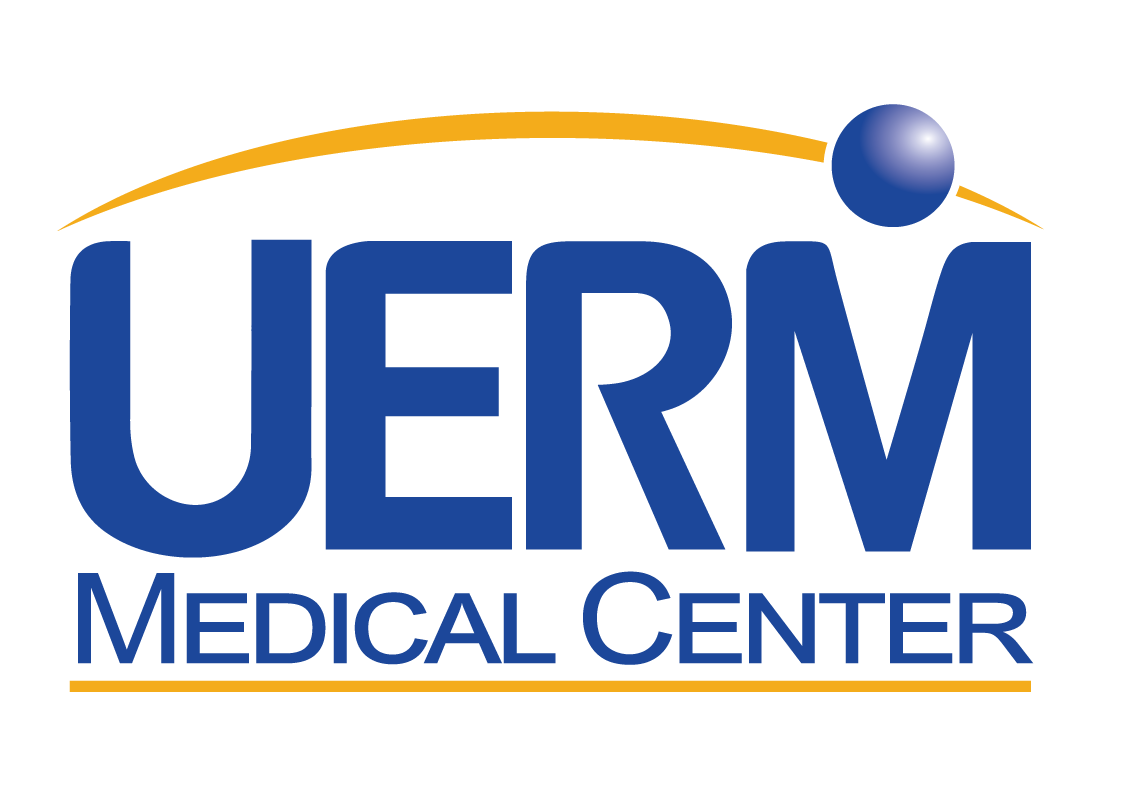Diagnostic Procedures:
Therapeutic Procedures:
PULMONARY FUNCTION TEST (PFT)
Is a breathing exercise that measures lung volumes and capacities to know how well your lungs are working. PFTs can help diagnose and treat lung conditions. Is a very useful diagnostic tool in assessing patient’s pulmonary disorders.
ARTERIAL BLOOD GAS (ABG) ANALYSIS
ABG also known as blood gas test, measures the levels of oxygen and carbon dioxide in your blood. It also measures the acidity of your blood or pH level.
SPUTUM INDUCTION
Is a procedure that helps patients cough up sputum from the lungs. It’s used to diagnose respiratory conditions like tuberculosis and interstitial lung disease.
PEAK EXPIRATORY FLOWRATE (PEFR) DETERMINATION
A peak flow meter measures how quickly you can exhale air in one breath. It monitors severity of asthma attack and Chronic Obstructive Pulmonary Disease (COPD), also checks if lung treatments are working.
AEROSOL THERAPY (NEBULIZATION)
Is a treatment that delivers medications into the lungs through the airways using a nebulizer to manage chronic respiratory diseases such as asthma or Chronic Obstructive Respiratory Disease (COPD).
CHEST PHYSIOTHERAPY (CPT)
Includes techniques and devices used to make easier to cough up excess, thick or sticky mucus from your lungs. A treatment that helps clear mucus from the lungs to improve breathing.
INCENTIVE SPIROMETRY (IS)
A lung exercise that measures how much air you can breathe in, to prevent atelectasis or lung collapse. A healthcare provider may recommend IS after surgery, chest or abdomen injury or illness.
MECHANICAL VENTILATION
A life-saving procedure that uses a machine to help a patient breathe. It’s used when a patient can’t breathe on their own, such as due to low oxygen levels or high cardon dioxide levels.
2/F Pay Hospital Building
Tel: (+632) 8-985-94-47, (+632) 8715-0861 to 77 Local 382
Viber: 0998 576 0569
